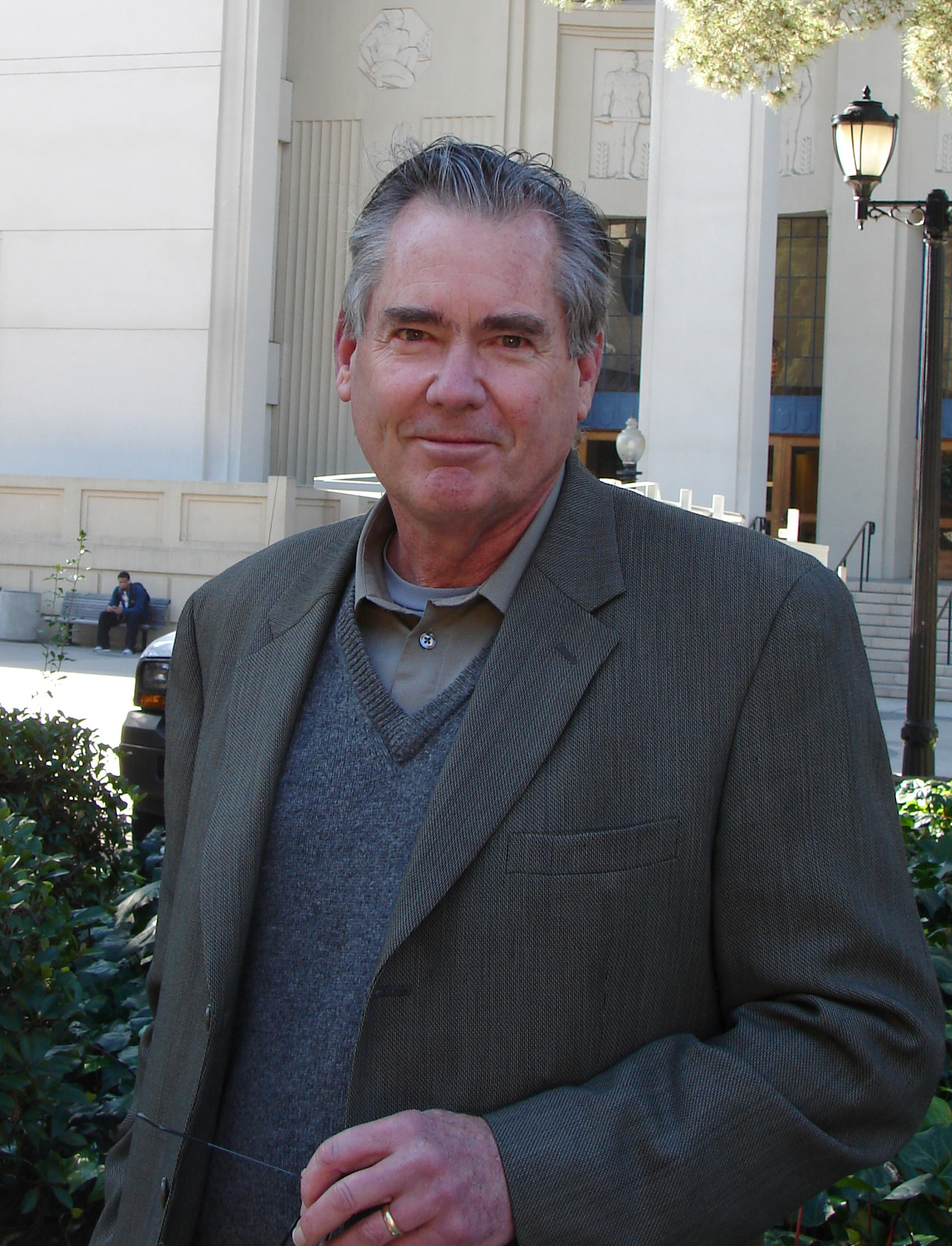Award-winning science writer to speak at Virginia Tech Oct. 24

Charles Petit, the founding writer for the MIT Knight Science Journalism Tracker, and an award winning writer and editor, with more than four decades of experience covering science, technology, medicine, and the environment, will be Virginia Tech's College of Engineering Visiting Scholar on Oct. 24 and 25.
During his two-day visit, he will make a presentation, "The Science Writing Game...or, everybody's got a story," on Oct. 24 at 4 p.m. in Hancock Auditorium on the Virginia Tech campus. The talk is free and open to Virginia Tech faculty, staff, students, and the general public.
Petit has been on the science and technology beat since 1970, including 26 years at the San Francisco Chronicle -- which he joined after two years at the Livermore Herald and News. At the Chronicle he broke news that the universe is not only expanding, but is accelerating outward. He has been on assignment in the stratosphere, 3,600 feet under the sea, the Arctic, and the Antarctic.
He joined the staff at U.S. News & World Report in 1998, and in 2005 became primarily a freelance writer. Since 2005 his articles have appeared in National Geographic, Smithsonian Magazine, Nature, U.S. News & World Report, Science News, and The New York Times. One of his Science News stories, "Stellar Oddballs," is included in the just-published, annual anthology Best American Science Writing 2012.
The Knight Science Journalism Tracker is a blog based out of MIT that compiles and critiques the daily offerings of science reporters worldwide. It is one of three major components of the Knight Science Journalism Program.
In 2011 Petit won the Robert C. Cowen Award for Sustained Achievement in Science Journalism given by the American Geophysical Union. This award, given no more often than every two years, recognizes a journalist for "significant, lasting, and consistent contributions to accurate reporting or writing" on the Earth and space sciences for the general public.
The Cowen Award committee cited Petit for the outstanding quality of his work in articles written throughout his career. The judges said Petit wrote "exceptionally clear articles summarizing scientific results amidst the confusion of the early aftermaths of California's 1989 Loma Prieta and 1994 Northridge earthquakes," and his reporting on the geophysical sciences is just as strong today. They cited as an example the "engaging and accessible style" of a 2010 story Petit wrote for Science News on huge slabs of rock, called cratons, that extend deep into the earth and form the hearts of continents.
Petit's other awards include two American Association for the Advancement of Science awards for his work on newspapers and on magazines. He received the 2003 American Geophysical Union's News Writing award, the 1991 American Institute of Physics' prize, the 1990 Science-in-Society prize from the National Association of Science Writers, and regional prizes from the American Heart Association and San Francisco Press Club.
Petit is a former president of the National Association of Science Writers and of the Northern California Science Writers Association. He was an instructor at the Graduate School of Journalism at the University of California at Berkeley, and is on the board of the Council for the Advancement of Science Writing. In 1984-85 he was a Fellow at the Vannevar Bush program at MIT, which since has become the Knight Science Journalism Fellowships.
The visiting scholar program, called the Jebson-Nystrom Science and Technology Writer in Residence Endowment, is funded by a gift from engineering alumnus Bob Jebson of Culpeper, Va., a 1956 metallurgical engineering graduate and a member of the College of Engineering's Committee of 100.
An admirer of technology communication, Jebson directed a $50,000 gift to the College of Engineering's public relations program, and helped develop the guidelines that call for a nationally recognized science and technology writer to spend a few days on campus each year.




